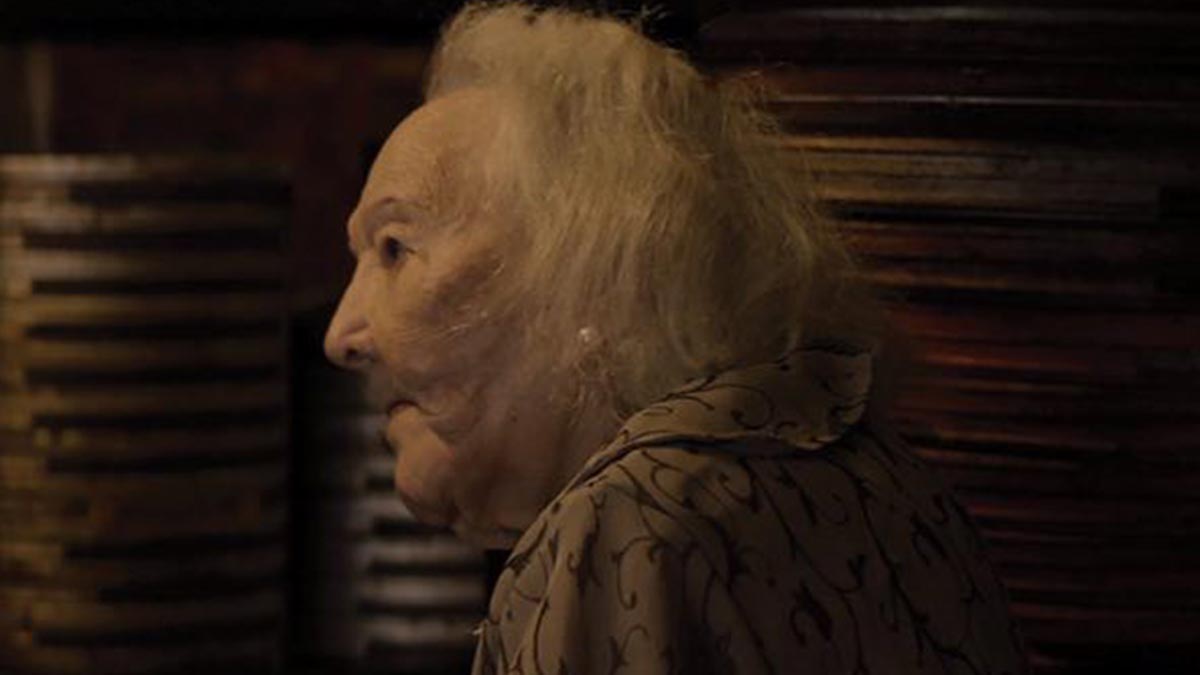Sepia-colored shots and operatic tones sum up Circa—which, from its first few minutes, already shows how this is not exactly a movie for our generation. As part of the Sandaan showcase, a tribute to 100 years of the Philippine film industry, Circa delves into the final moments of celebrated film producer Doña Atang (Anita Linda).
Her grandson, the aspiring filmmaker Michael (Enchong Dee), attempts to fulfill her dying wish: To gather her former cast and crew members in celebration of her centenary. This main plot point extends into the dilemma of Atang’s children, who
consider selling their childhood home in the event of their mother’s passing. But despite the potential of these storylines, the overall result is a less-than-satisfying celebration of Philippine cinema—even with Circa’s star-studded cast.
The 94-year-old Linda takes the spotlight with her effortlessl portrayal of Doña Atang’s diverse emotions. She can have worry etched on her face in some scenes, then exude excitement for her party in the next. Despite being wheelchair-bound for the entirety of the movie, Linda still exudes her matriarchy over the cast, specifically Atang’s children, namely Rosa (Laurice Guillen), Maria (Gina Alajar), Susan (Elizabeth Oropesa), and Ernesto (Ricky Davao). The refined skills of each of the four veteran actors is clear-cut as they butt heads during midnight meetings about the sale of their house. Their spirited discussions serve to highlight their complex family ties and relationships with Atang.
However, despite the cast’s best efforts, clunky cinematography weighs down the film. Instead of highlighting each speaker in the heat of the moment, Circa lends itself to stilted framing. A number of moments had one character speaking while a different character’s face was the sole focus onscreen. Uneventful shots also went on for longer than necessary: The film’s b-rolls of Atang’s stacked movie reels are just one example of repeated filler shots that did nothing to progress the narrative. With these empty scenes, the days leading up to her party dragged on—making the movie seem more like a padded documentary than a nuanced drama.
Aside from the failed cinematography, Circa disappoints because its story lacked depth or twists. Even without watching the film, the conclusion could already be surmised from its teaser. Although there was an attempt to enliven the plot at the end, that remedy was not enough to offset the film’s stale mood.
Should Circa’s goal be to simply gather Philippine film icons, then it does the job. However, its lineup of actors seemed to serve as mere name pieces for the film’s publicity. For its monotonous plot and stiff cinematography, the movie hardly lives up to its promise for the Sandaan showcase and fails to paint Philippine cinema as truly compelling.
Photo sourced from Circa via PEP.ph






